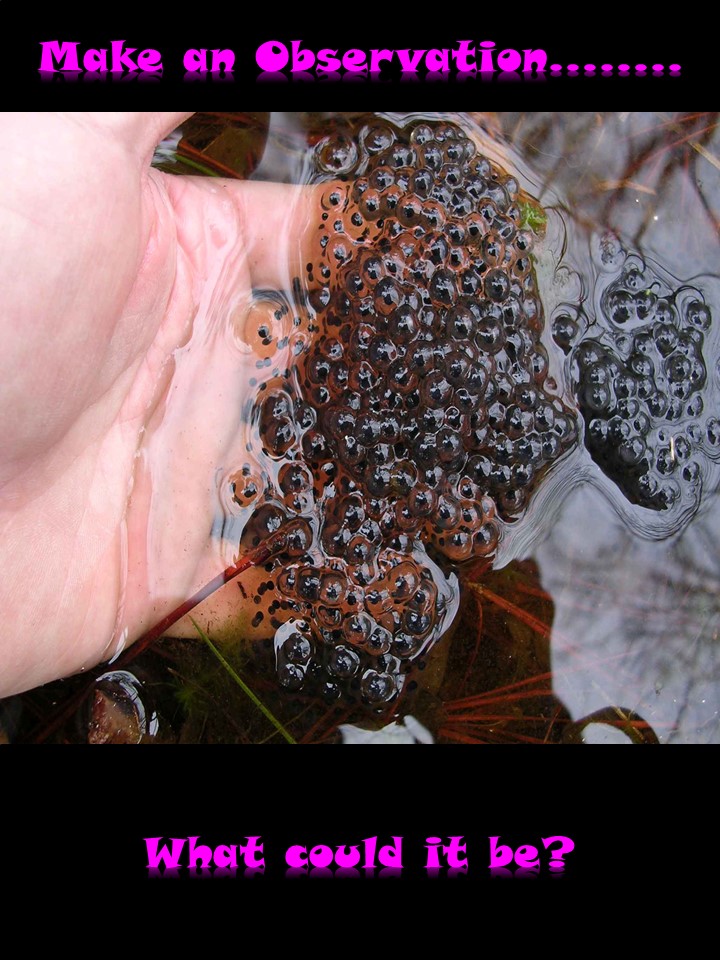STEM thinking skills need to be practiced on a daily basis to grow future students that will work in the STEM field. Many teachers and school leaders have struggled with what this should look like. I have struggled with what STEM thinking for students should look like.
Currently, my school is pursuing not just STEM, but STEAM certification. STEM with the Arts is our focus. The main goal for STEM is to integrate science and math lessons. For STEAM, science, math, and art should all be integrated. Both visions use engineering practices with the support of technology as a platform for learning, not just learning.
What is STEM thinking?
It’s a new language. STEM for elementary school students isn’t something they are accustomed to. Yes, you can say, “This is science, and this is math.” However, the goal is to create students that speak this language. We want them to look at the world as a scientist or engineer, and so on. This language has to be taught and modeled. What would a scientist do when presented with this problem? An engineer? An artist? A mathematician? A tech expert?
STEM Design Thinking
We developed an approach to help our students speak this language by integrating a daily STEM/STEAM discussion into the daily meeting area. We call it the STEAM Corner. It’s a very simple concept. Basically, we choose a photo of the day, preferably a photo that depicts some type of scientific phenomena, engineering design concept, or work of art. We strive to integrate the photo with something we are already studying within our state standards or about to study. Each day of the week, we ask our students to view our photo from one of these career fields. What would a scientist notice? What would an engineer notice? And…. we just talk! We get their minds spinning and thinking.

STEM Thinking Process
After completing this routine every week, our students begin to talk about the world from a STEM career’s view. It has been a true success with such an easy concept. Let me tell you, the discussions can be quite comical, and our students look forward to it each day. This is an easy strategy to implement into your classroom with very little prep. A word to the wise…. do your research on the photo you choose. The teacher should be all knowing, right? Need some wonderful ideas? The Daily STEM offers a weekly newsletter with tons of info!
Implementing STEM for elementary school students in a daunting task. It takes time. If you need somewhere to start, the STEM/STEAM corner is the place. Get them speaking the language to make your job easier! Start the STEAM Corner in your classroom today with this STEAM Corner kit. Want more STEAM Corner slides? Volume 1 and Summer Fun is also available.
Teaching these skills in Kindergarten can be challenging to say the least. Read all about my 5 weeks of introduction in STEM/STEAM for Kindergarten here.

Check out my ultimate guide for starting a STEM/STEAM classroom: 9 Steps to turning your classroom into STEM/STEAM classroom in any subject!








